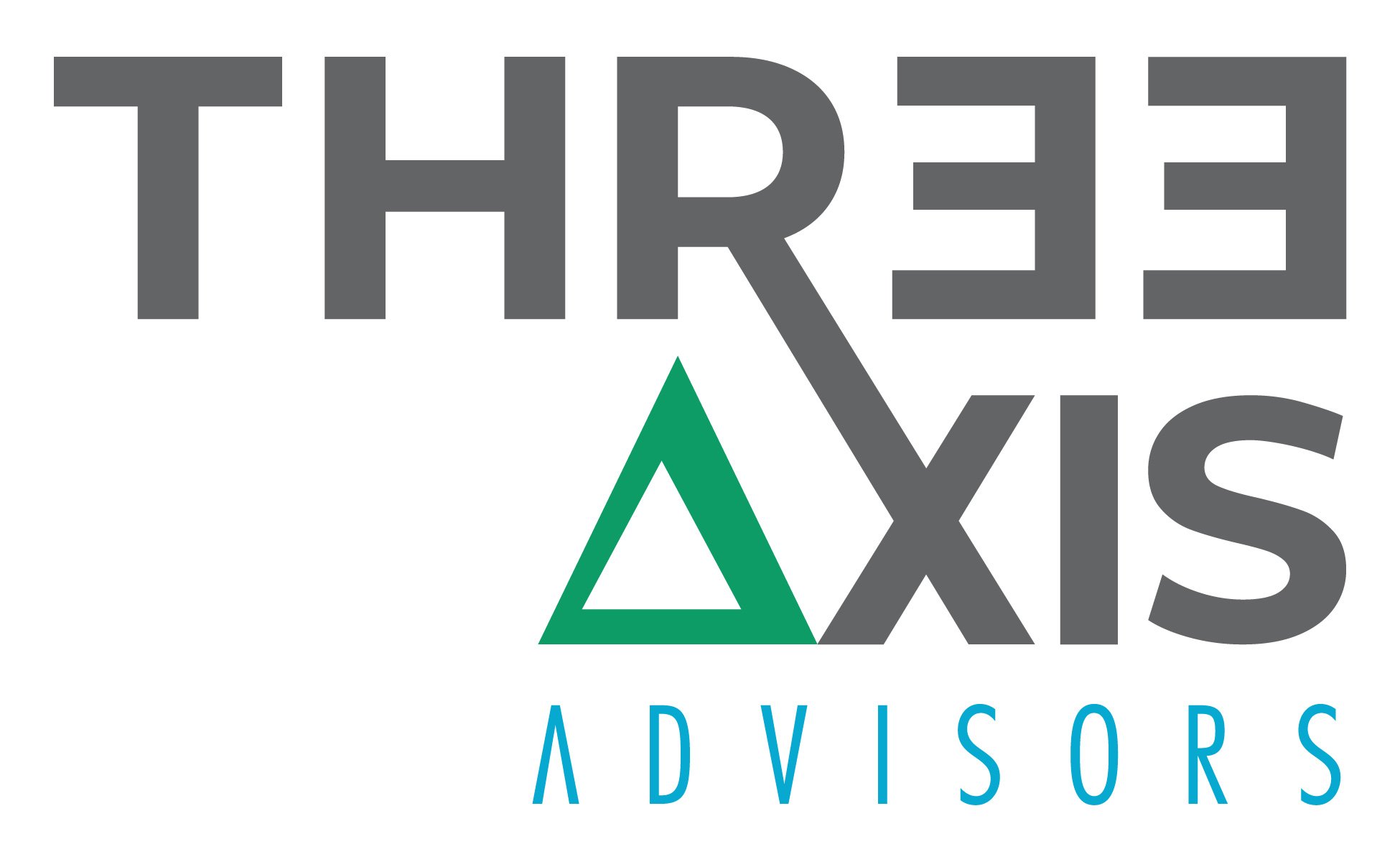Issue brief: The billions in prescription drug savings from enhancements to NADAC
Background
Potential legislative changes, like those that were included in Section 206 of the bipartisan Prescription Drug Pricing Reduction Act (PDPRA) from the 116th Congress, could expand drug pricing reporting requirements of tens of thousand pharmacies across the U.S.. Currently, the Centers for Medicare and Medicaid (CMS) conducts a monthly voluntary survey of drug invoice prices paid by retail pharmacies to acquire drugs and compiles that information into a pricing benchmark called the National Average Drug Acquisition Cost (NADAC). Many states are reliant upon CMS’ NADAC as the basis for paying for prescription drugs within their Medicaid programs (Figure 1), although a select few are choosing to conduct their own survey of prescription drug prices. To determine the potential economic impact of compulsory retail pharmacy NADAC reporting, Capital Rx, commissioned 3 Axis Advisors to conduct a study to estimate the benefits to Medicaid plans.
Figure 1: Generic Ingredient Cost Reimbursement Basis, Medicaid Fee-for-Service programs
Alabama is a state which manages their own survey of prescription drug prices and mandates responses by pharmacies. Since Alabama mandates that all pharmacies respond to its actual acquisition cost survey, this study utilized the state’s survey as the representative full NADAC survey reporting benchmark and compared Alabama prices to CMS’ NADAC. We found potential annual savings for Medicaid plans of approximately:
$937 million if all retail pharmacies reported their acquisition prices in the NADAC survey
$155 million if more robust pharmacy survey reporting requirements created NADAC prices for over 1,600 products that do not currently have them
Figure 2: Generic Drug Savings, NADAC compared to AL AAC
Conclusions
Over a 10-year period, the potential savings generated from a mandatory NADAC response from all pharmacies could exceed $10 billion within Medicaid. These savings come from the lower per unit costs paid when all retail pharmacies participate in the survey vs. just those who voluntarily participate today, as well as gaining an understanding around drug prices that currently lack a NADAC price today.
This study only reflects potential “savings” to Medicaid plans and does not address likely additional savings for commercial payers, Medicare Prescription Drug Plans, and Medicare Advantage Plans.
Methods
For a complete breakdown of “how we did it” and this study’s underlying methodology, download this supplement.
Disclosure
While 3 Axis was commissioned by Capital Rx to study this issue, we are an independent research firm. We were fully entitled to publish this research, whatever its findings, and as with any project, our compensation was not dependent on the conclusions of the report.
If you have questions about this report, please contact us at info@3axisadvisors.com.
MEDIA
Study finds potential for billions in prescription drug savings with transparent pricing practices
PBM Reform Podcast, 5/31/21
Report says mandatory NADAC responses would save Medicaid $10B
Inside Health Policy, 5/18/21
Medicaid could save billions in prescription drug costs with increased survey participation
First Report Managed Care, 5/13/21
Capital Rx study: Greater price transparency around drugs could save millions in Medicaid
Fierce Healthcare, 5/12/21
Capital Rx and 3 Axis Advisors study finds potential for billions in prescription drug savings with transparent pricing practices
Business Wire, 5/11/21

